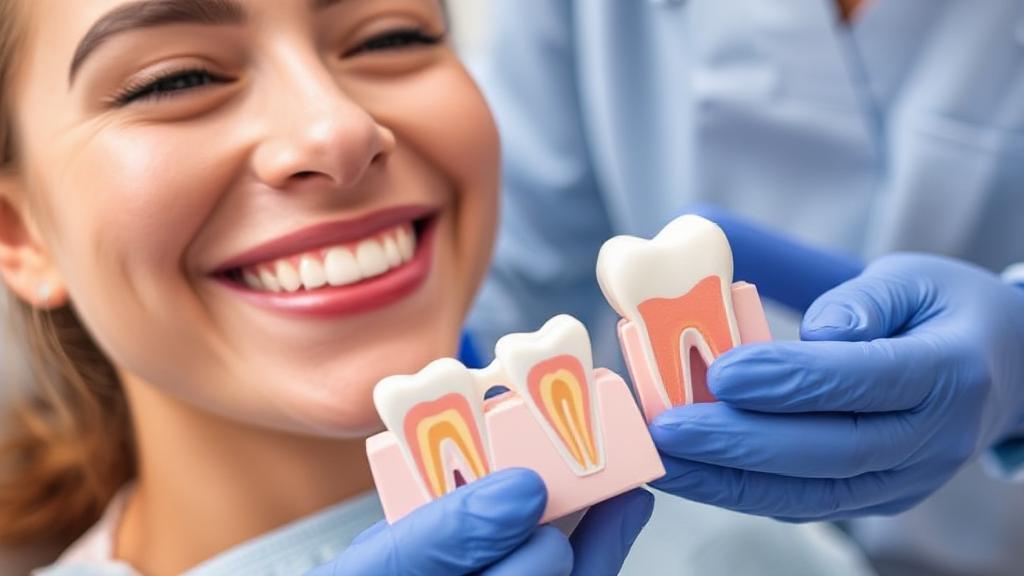Understanding the Root Canal Procedure
A root canal involves removing infected pulp from inside the tooth, cleaning and disinfecting the area, then filling and sealing it. This procedure is typically performed by a dentist or an endodontist. For more detailed information on the procedure, you can visit the American Association of Endodontists.
Immediate Post-Procedure Period (24-48 Hours)
During the first couple of days after your root canal, you may experience:
- Mild to moderate discomfort
- Sensitivity to pressure
- Slight swelling
- Tenderness in the treated area
Most dentists recommend taking over-the-counter pain relievers like ibuprofen or acetaminophen to manage discomfort. Applying a cold compress to the outside of the cheek can help reduce swelling.
Recovery Timeline
Short-Term Recovery (First Week)
- Avoid chewing on the treated tooth
- Stick to soft foods
- Practice gentle but thorough oral hygiene
- Continue any prescribed medications
Important: If you experience severe pain or swelling that worsens after 3 days, contact your dentist immediately.
Complete Healing Process
- 1-3 days for gum tenderness to subside
- 7-10 days for swelling to resolve completely
- 2-3 weeks for initial bone recovery
- 6-12 months for complete bone healing around the treated root
Factors Influencing Recovery
Several factors can affect your healing timeline:
| Factor | Effect on Recovery |
|---|---|
| Overall health | Better health = faster healing |
| Age | Younger patients typically heal faster |
| Infection severity | More severe cases may take longer |
| Aftercare compliance | Proper care speeds recovery |
Tips for a Smooth Recovery
- Pain Management: Use prescribed or over-the-counter pain relievers as directed
- Dietary Adjustments: Stick to soft foods and avoid hard, crunchy, or sticky foods
- Oral Hygiene: Maintain good oral hygiene by brushing and flossing gently
- Rest: Allow your body time to heal
- Follow-up Care: Attend all scheduled appointments
Warning Signs to Watch For
- Severe pain that doesn't improve with medication
- Swelling that worsens or doesn't subside
- Signs of infection, such as fever or pus discharge
- Bite feels uneven
- Crown feels loose
- Return of original symptoms
Long-Term Success
Research from the American Association of Endodontists shows that root canals have a success rate of approximately 95% when properly cared for. For more information on dental health and procedures, visit Mayo Clinic's Dental Health section.
Prevention Tips
- Practice excellent oral hygiene
- Address tooth decay promptly
- Wear protective gear during sports
- Avoid chewing hard objects
- Schedule regular dental cleanings
Remember that while most patients return to normal activities within 24-48 hours, complete healing takes time. Following your dentist's instructions and maintaining good oral hygiene will help ensure optimal recovery and long-term success of your root canal treatment.
